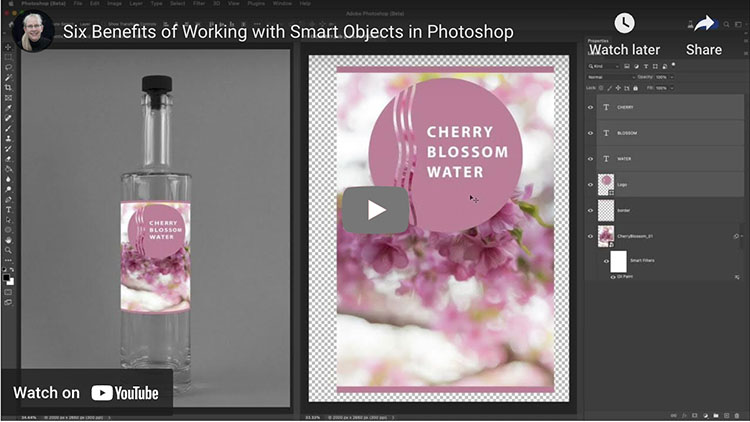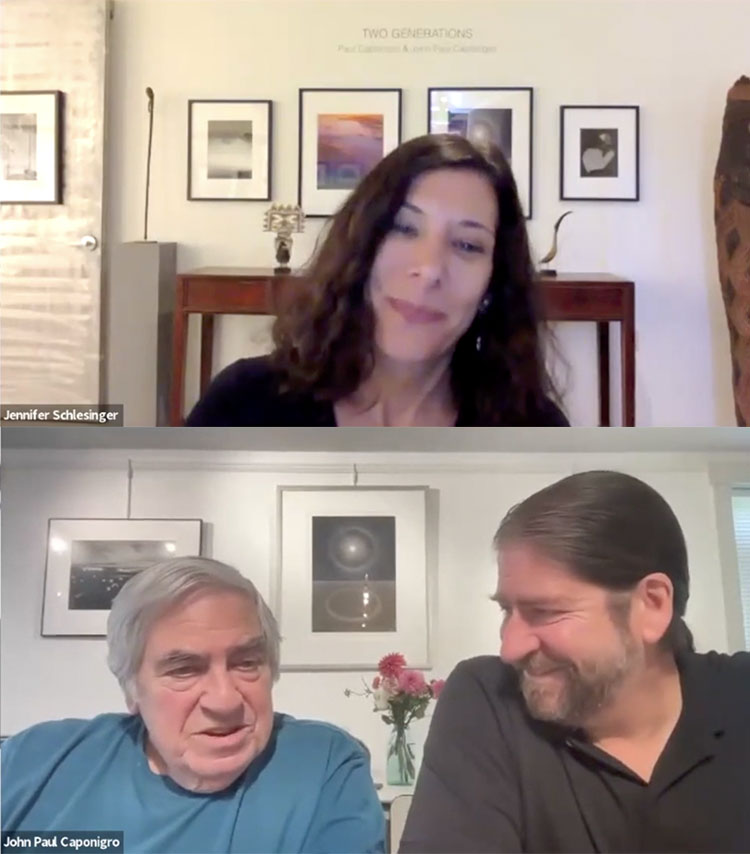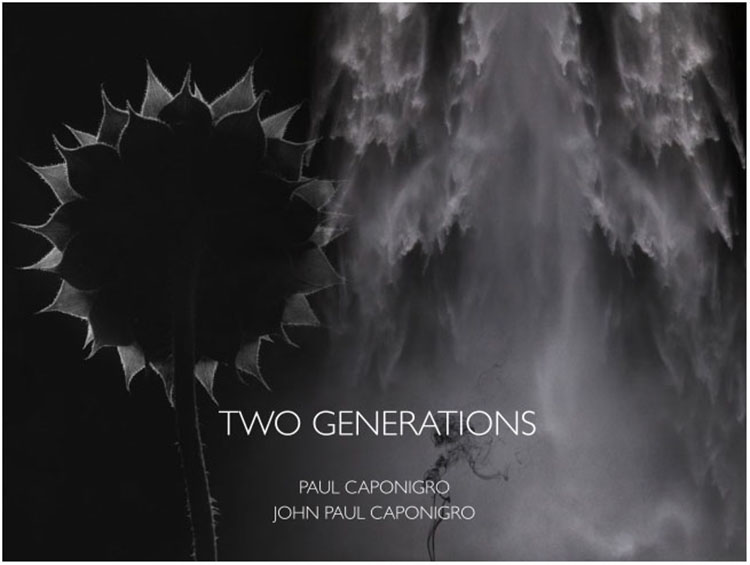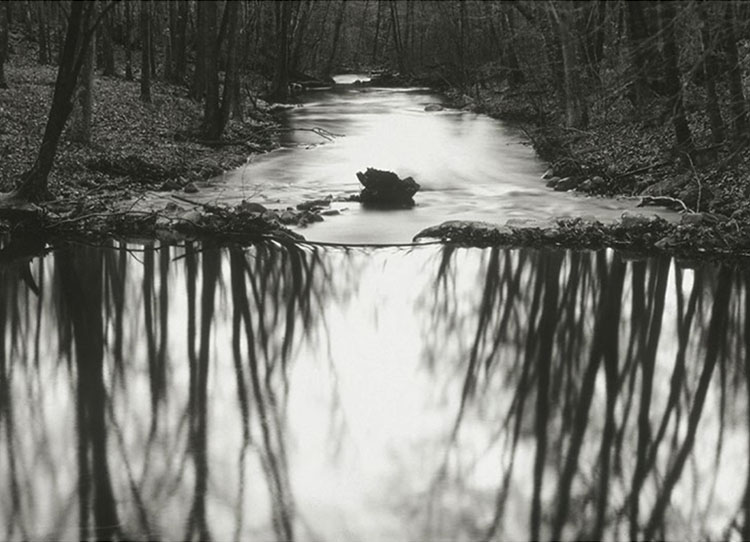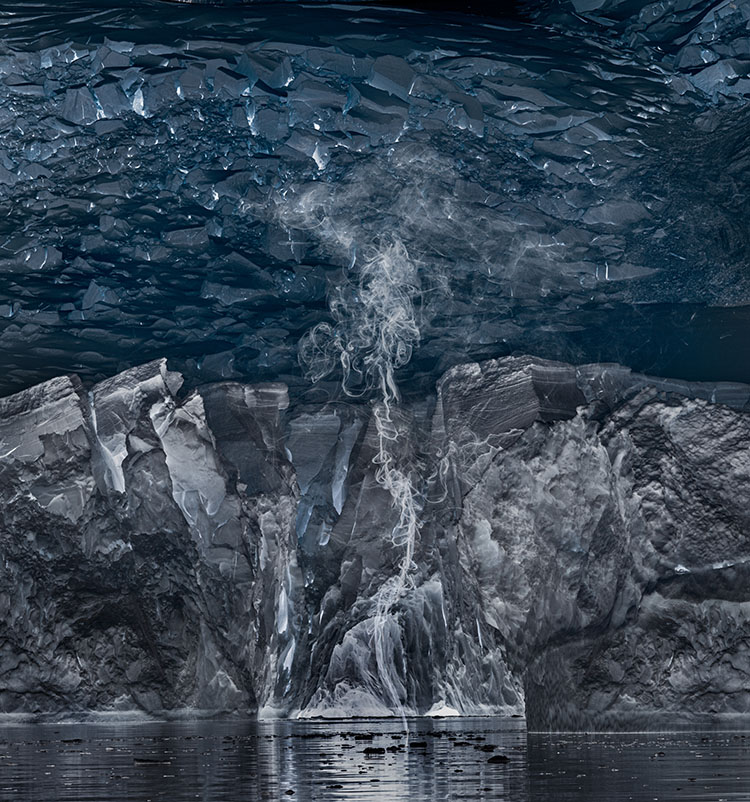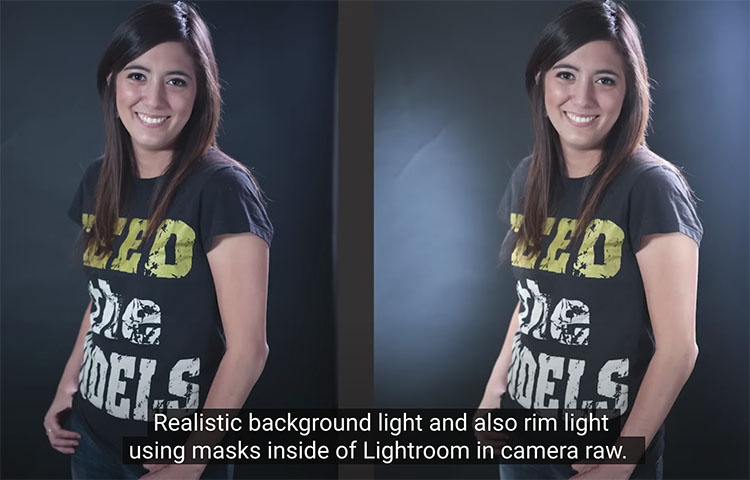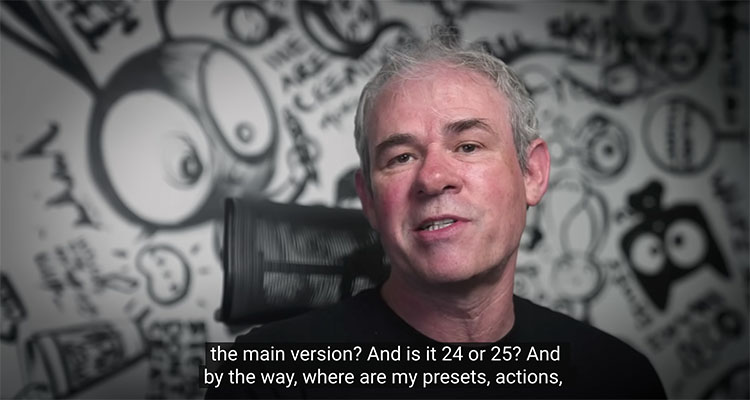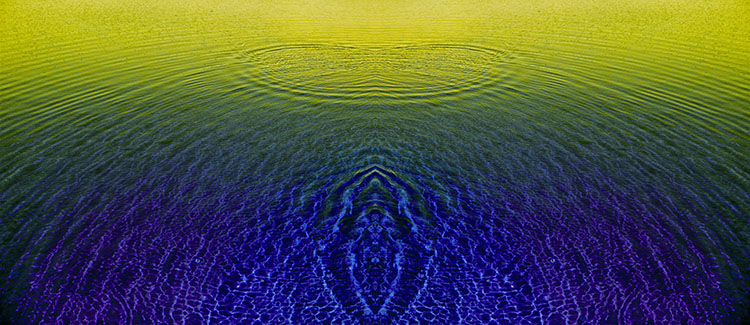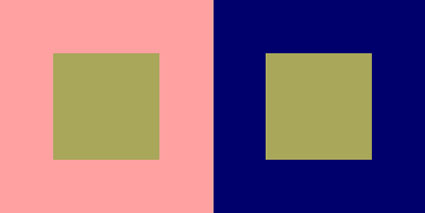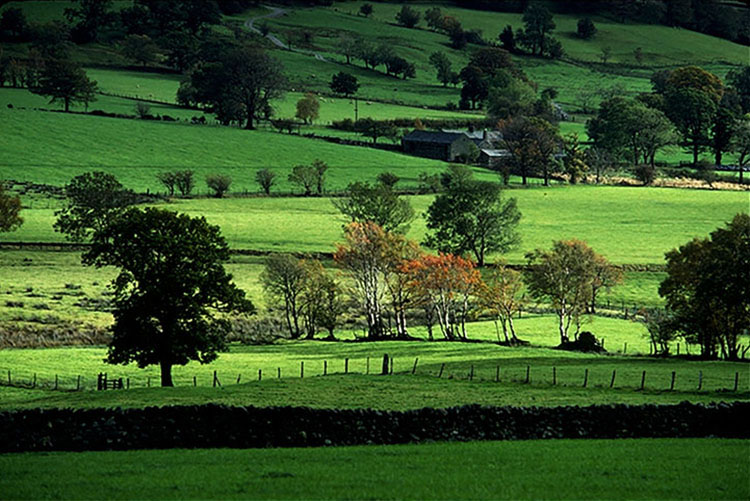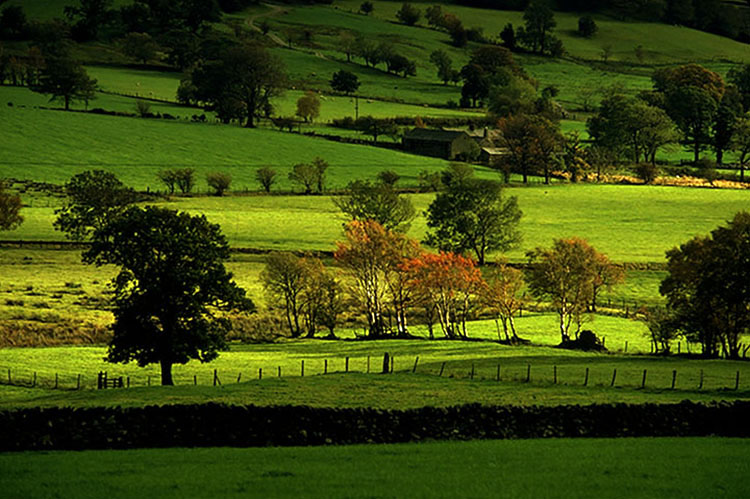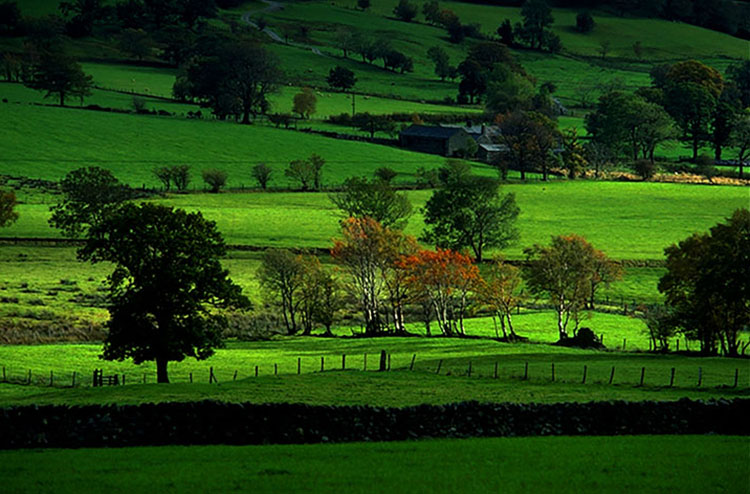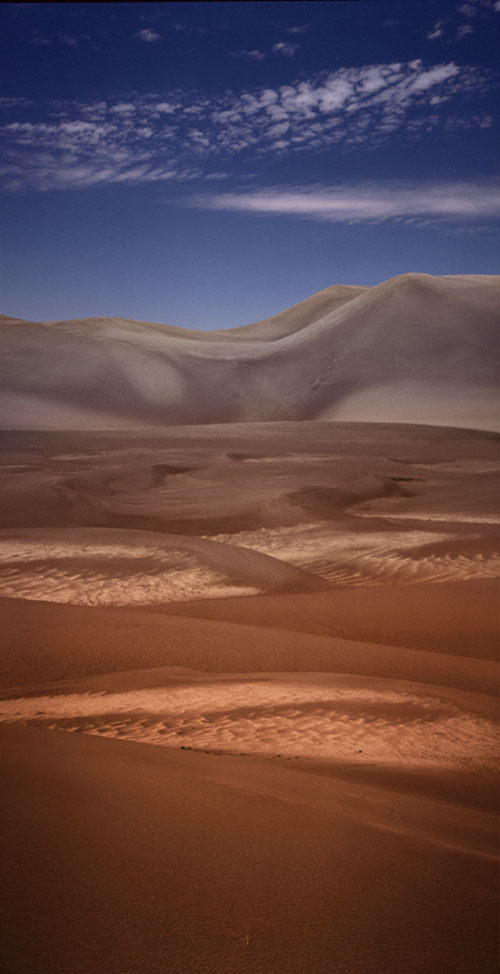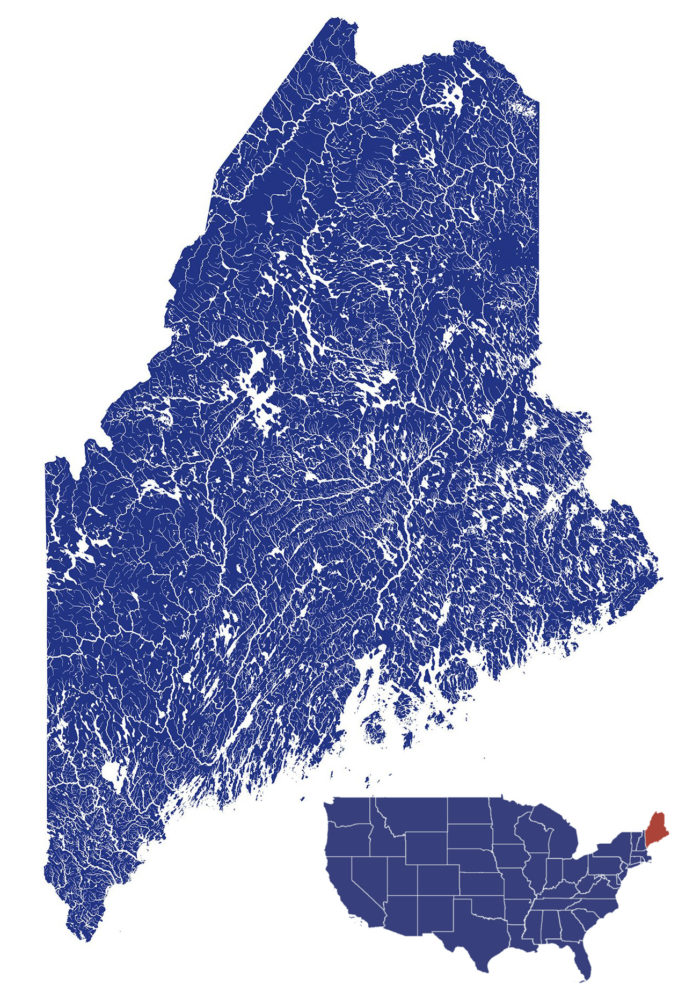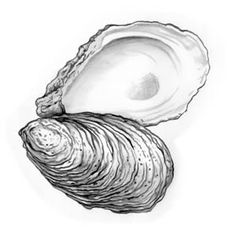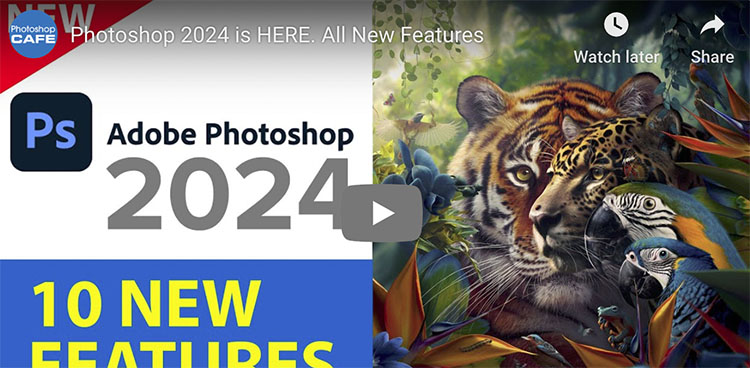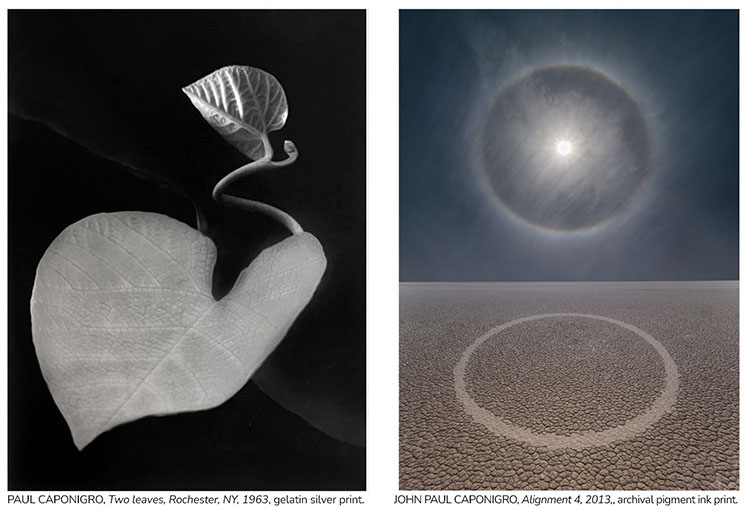33 Great Quotes On The Color White
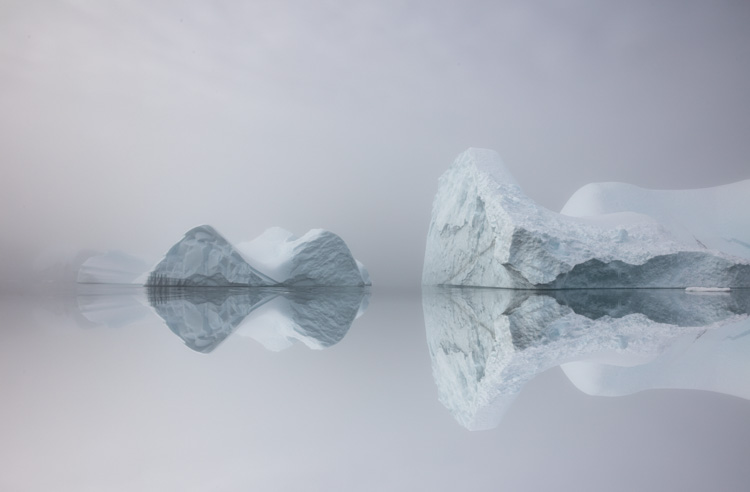
Enjoy this collection of quotes on the color white.
Which is your favorite? Have one to add? Leave a comment!
"God paints in many colors; but he never paints so gorgeously, I had almost said so gaudily, as when he paints in white."
- G. K. Chesterton
"Black is the absence of all color. White is the presence of all colors. I suppose life must be one or the other."
- Mary Balogh
“White is not a mere absence of color; it is a shining and affirmative thing, as fierce as red, as definite as black. God paints in many colors; but He never paints so gorgeously, I had almost said so gorgeously, as when He paints in white.”
- G K Chesterton
"White is the most wonderful color because within it you can see all the colors of the rainbow. For me, in fact, it is the color which in natural light, reflects and intensifies the perception of all of the shades of the rainbow, the colors which are constantly changing in nature, for the whiteness of white is never just white; it is almost always transformed by light and that which is changing; the sky, the clouds, the sun and the moon."
- Richard Meier
"White is associated with purity because the entire spectrum is functioning in unity. White is a healing color."
Tae Yun Kim
"I have said that black has it all. White too. Their beauty is absolute. It is the perfect harmony."
- Coco Chanel
"If there is one word that makes creative people different from others, it is the word complexity. Instead of being an individual, they are a multitude. Like the color white that includes all colors, they tend to bring together the entire range of human possibilities within themselves."
- Mihaly Csikszentmihalyi
"When you glaze on a bright white ground it is like looking through color rather than at it – like looking through stained glass."
- Fred Machetanz
"Never use pure white; it doesn't exist in nature."
- Aldro T. Hibbard
“Nothing is black or white.”
- Nelson Mandela
"Black and white creates a strange dreamscape that color never can."
- Jack Antonoff
"Put variety in white."
- Charles Webster Hawthorne
"Renoir said once that nothing was so difficult, and at the same time so exciting, to paint, as white on white."
- Ambroise Vollard


